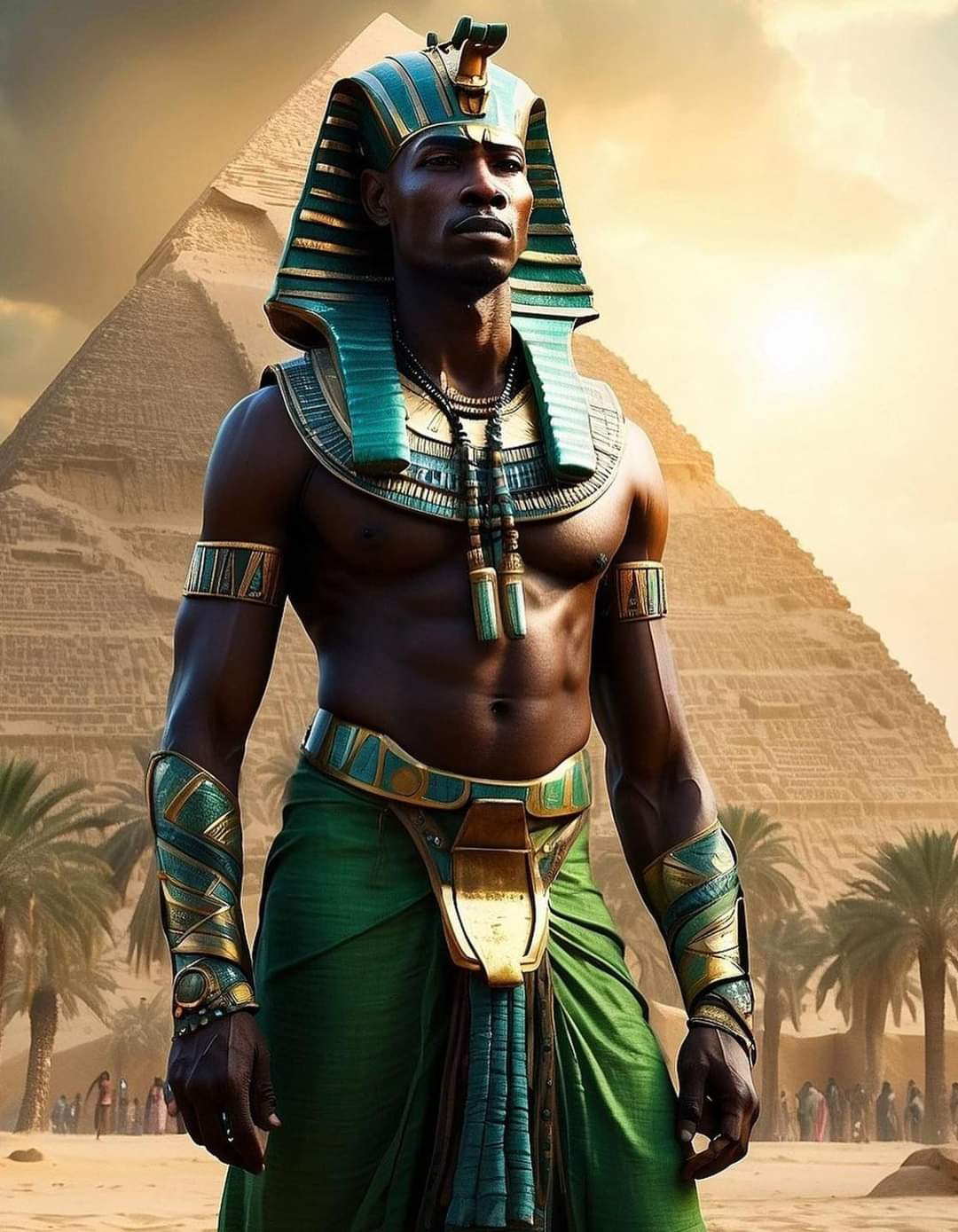Shabaka succeeded his uncle Shebitku on the throne, and adopted the throne name of the Sixth Dynasty ruler Pepi II Neferkare. Shabaka's reign was initially dated from 716 BC to 702 BC by Kenneth Kitchen. However, new evidence indicates that Shebitku died around 705 BC.
Shabaka's reign is significant because he consolidated the Nubian Kingdom's control over all of Egypt from Nubia down to the Delta region. It also saw an enormous amount of building work undertaken throughout Egypt, especially at the city of Thebes, which he made the capital of his kingdom. In Karnak he erected a pink granite statue of himself wearing the twin crowns of Egypt. Shabaka succeeded in preserving Egypt's independence from outside foreign powers—especially the Neo-Assyrian Empire of Sargon II. The most famous relic from Shabaka's reign is the Shabaka Stone which records several Old Kingdom documents that the king ordered preserved.[25]
Also notable is the Shabaka Gate, a large stone door unearthed by archeologists in 2011 and believed to have guarded the room where the king's treasures were stored. Despite being relative newcomers to Egypt, Shabaka and his family were immensely interested in Egypt's past and the art of the period reflects their tastes which harked back to earlier periods.
#BKQ #RealBlackKings









0 Comments